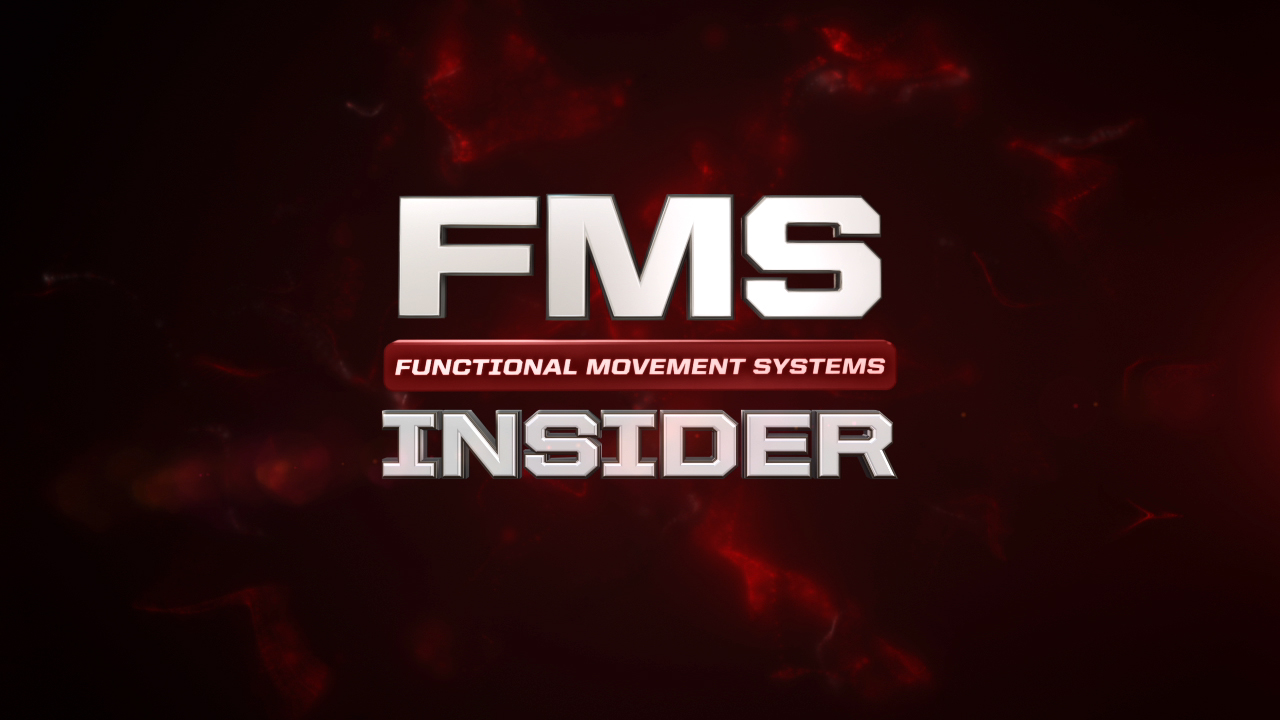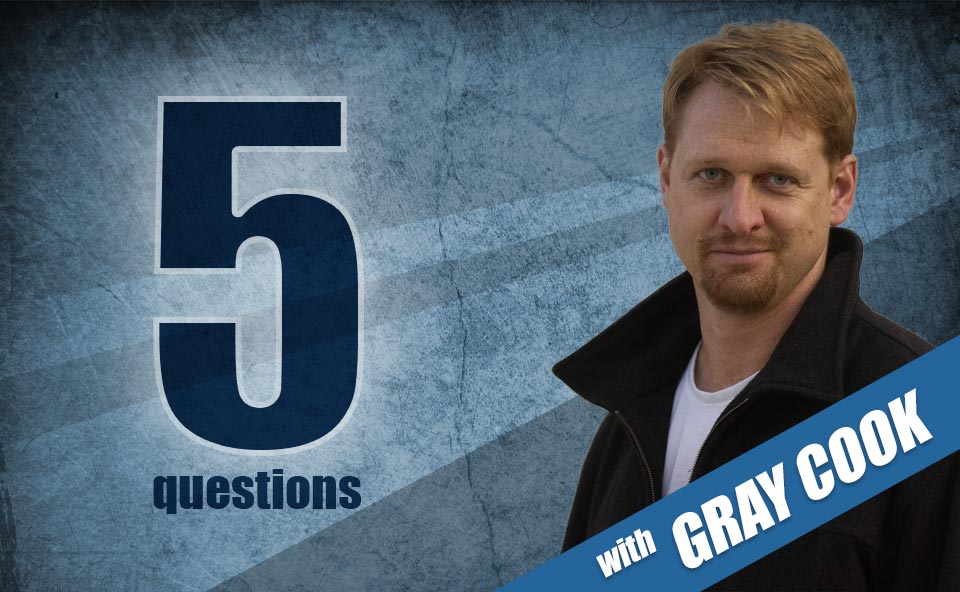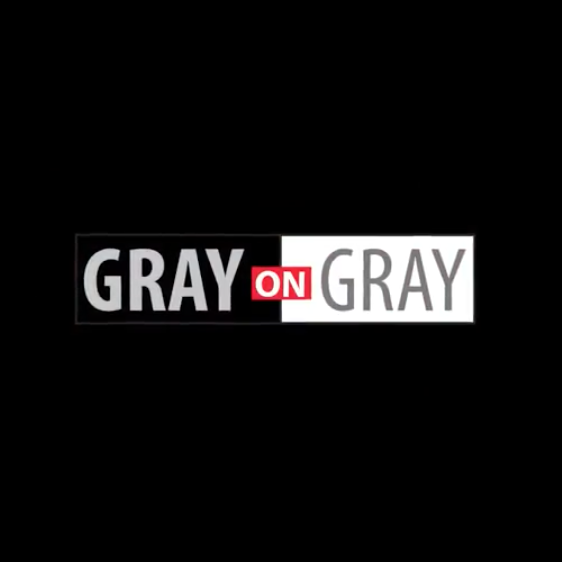FMS Unplugged: Squat vs. Deadlift: Which Should You Choose? - Episode 9
Written by Gray Cook FMS
Highlights
- Deadlift favored over squat when evaluating risk vs. reward for most people.
- Tip: Don't overcoach the deadlift.
- Clear the ASLR and Toe Touch before progressing to loaded deadlift.
- Criteria to look for in a clean deadlift
- Using RNT to pattern the deadlift in reverse
- How the deadlift is the foundation of many athletic and fitness movements
Want to Learn More?
Check out Secrets of Core Training the Backside. Gray Cook and Brett Jones review screening and assessment techniques for the core and discuss how dysfunctions can affect the entire body. Discover how to successfully incorporate deadlifting into fitness/strength training while introducing movement prep techniques to prime individuals to deadlift. If you are an active certified member, this content is included in your membership. If your membership is not active, follow the link to the online store to purchase this course.
Related Resources
-
Western Movement
Posted by Gray Cook
-
Group Exercise and the FMS
Posted by Brett Jones
-
Why Move Well Week 1
Posted by Gray Cook
Please login to leave a comment
13 Comments
-

edison 6/4/2015 1:57:59 PM
Thank you Gray you saved my life!
-

edison 6/4/2015 1:57:52 PM
because of you i can play again professional soccer in germany now thank you
-

Daniel Waldman 6/12/2015 2:49:49 PM
Excellent explanation Gray.
I would like to ask if besides needing a correct SLR and perfect toe touch ; it is not necessary check the shoulder blade's motor control stability in order to be able to lift the weigh properly with no risk of shoulder/neck injury.Thanks -

MastersCFer 6/19/2015 12:35:28 PM
Would you say the risk reward is still in favor of the deadlift for someone with a lumbar spondylolisthesis?
-

MastersCFer 6/12/2015 2:49:21 PM
Would you say the risk reward is tilted in favor of the deadlift for someone with a stable lumbar spondylolisthesis given the shear stresses, or would you favor the squat in that case? Or is the sumo deadlift a better option?
-

Nick B 6/11/2015 3:18:36 PM
Thanks Gray. Always been an average deadlifter. Went straight to the garage and tried the band reverse deadlift. Worked instantly. Much smoother motion
-

FMS Support 6/15/2015 2:46:40 PM
MastersCFer,
Just a few things to clear up. Make sure the patient has been cleared by a physician to perform these exercises and a 3 in the Push Up is required. Once your pateint has satisfied this and has been cleared, I would say if the dead lift pattern and form is acceptable with a stable lumbar spine then I would favor the dead lift. Remember the dead lift is the building block of most/ all athletic movements. I would only suggest the sumo dead lift if your client is lifting a rather large weight. It seems to be more safer that way. -

FMS Support 6/19/2015 12:35:13 PM
Daniel,
You are absolutely right. Making sure the shoulder girdle has good motor control and reflex stability is a must. Shoulder packing drills and farmers carries are good training tools to ensure correct motor control and stability. -

MastersCFer 6/19/2015 12:29:59 PM
Thank you.
-

Cory Feldman 8/10/2015 4:45:01 PM
Honestly, between the two, I opt for the deadlift. Squats have been a weak point, but as my deadlifts grow, so does my squat.
I have been trying out two routines, a 5x5 program:http://deadliftworkouts.com/5x5
and some straight heavy sets:https://www.t-nation.com/training/simple-deadlift-program
-

Chris Hintz 9/8/2015 3:29:50 PM
Fellow FMS'ers I'm new to this Cert. and I recently starting using the FMS 360. One of the common foam roll exercises I'm seeing is performed on the Lats. You lay on the ground and roll the Lats. on your side. Great for me not for my older clients although. Just wondering if any one has a comparable exercise to this one that does not involve using the floor.
-

Becky 9/21/2015 3:10:41 PM
Chris I have the same problem with my older clients. They are unable to get in position for rolling the lats or the quads. I've tried the foam roller on the wall for lats, but it is awkward. Any ideas?
-
Kyle Barrow 9/21/2015 3:09:25 PM
Chris,
The foam rolling is just a soft tissue release technique. Have you tried using a message stick for the same effects ?Some older clients may not need to be foam rolling, you can try a simple exercise that involves the client sitting on a stability ball or peanutball and simply having their arms overhead and rotating from the thoracic spine and breathing. You can also start to include some extension exercises. This exercise will help loosen any soft tissue restrictions while teaching them to start to breath properly. Crocodile breathing is a fantastic exercise to help clients breath using their diaphragm, try using this too.
Hope this helps.





